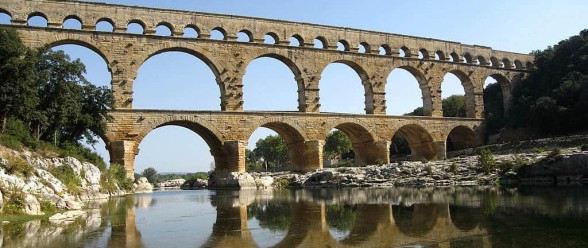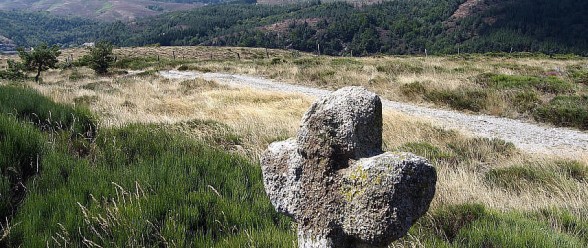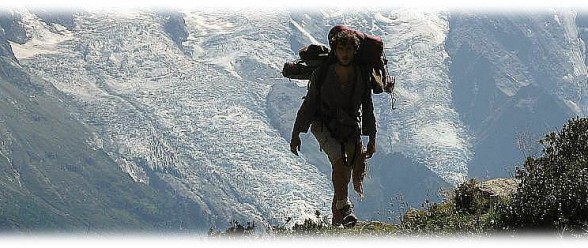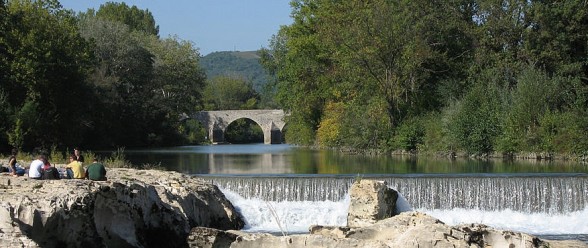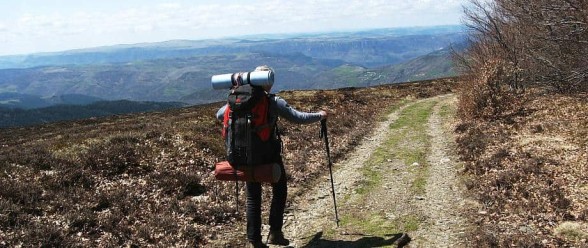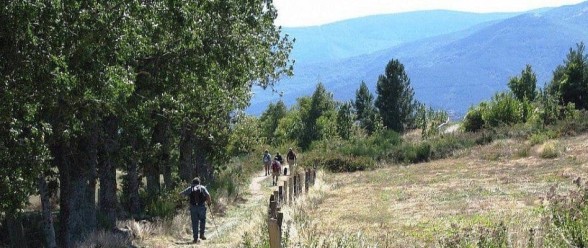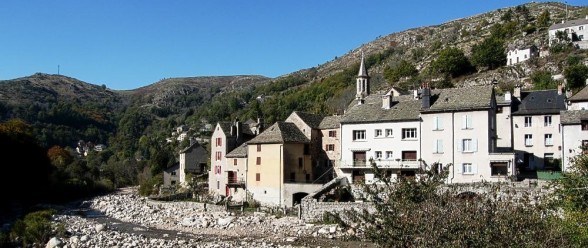Walking in The Gard is to hike in one of the five departments that comprise the Languedoc-Roussillon region; the others being Aude, Hérault, Lozère and Pyrénées-Orientales. Its capital city is Nimes, with Alès playing the role of economic ‘motor’ for Department number 30.
Walking in The Gard offers much to be discovered along its abundance of rich hiking trails, many of which can be walked all year round.
